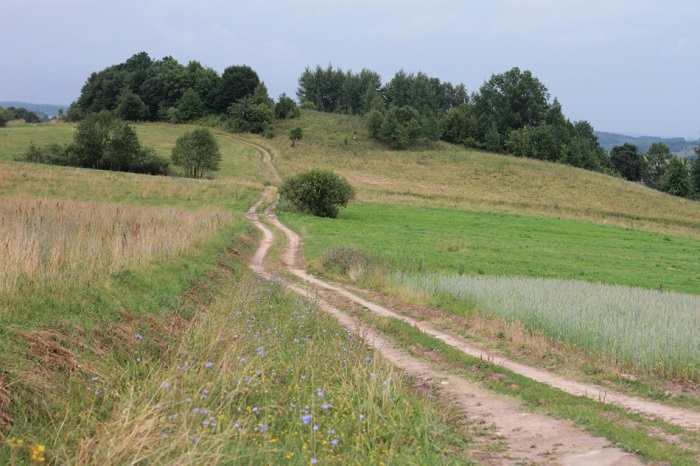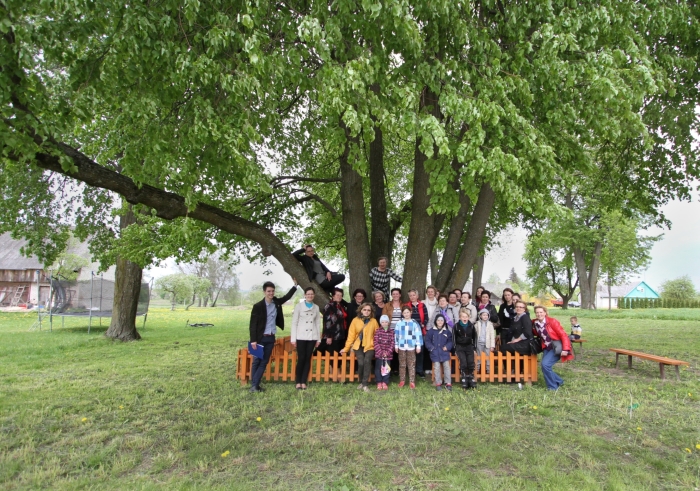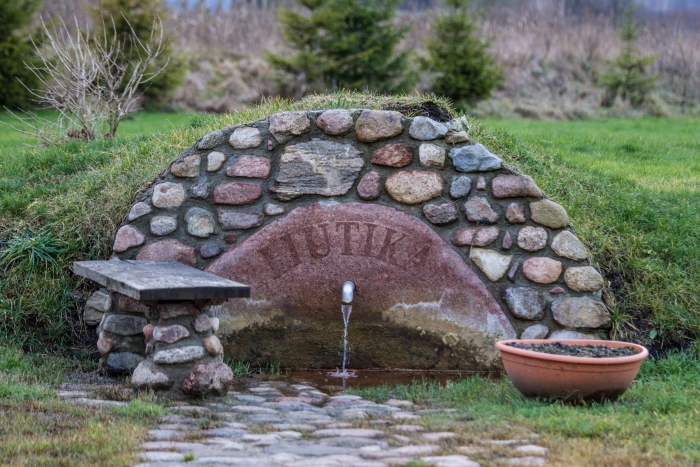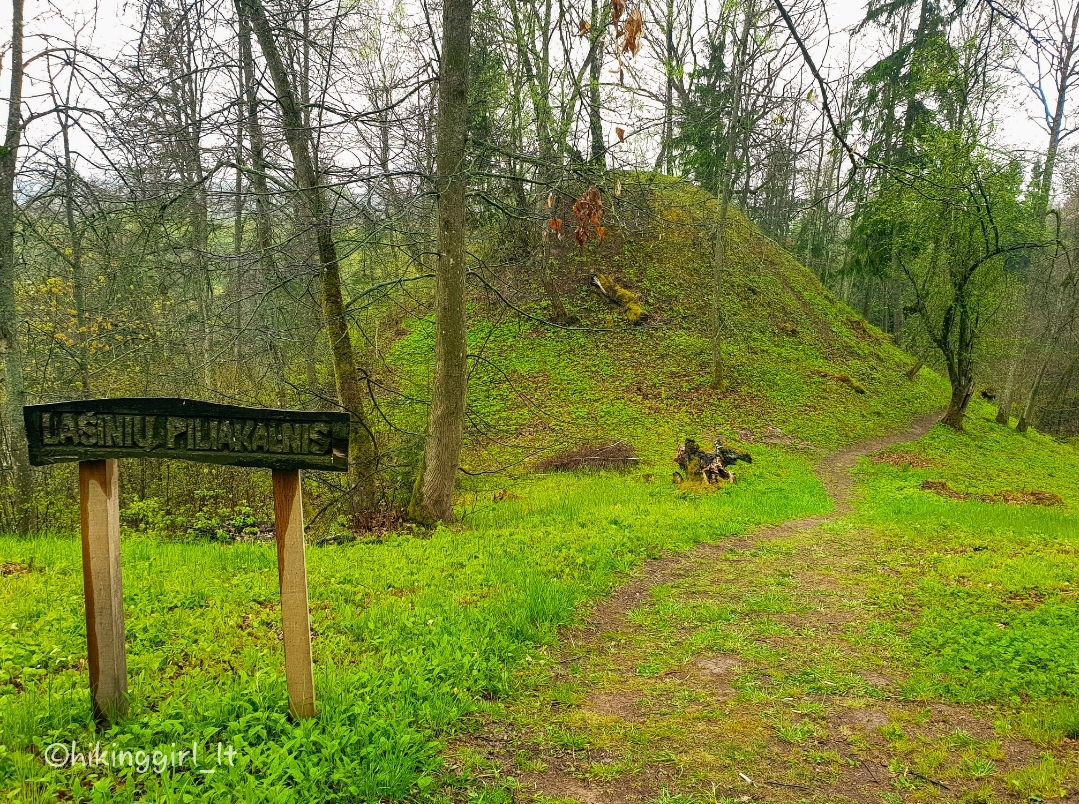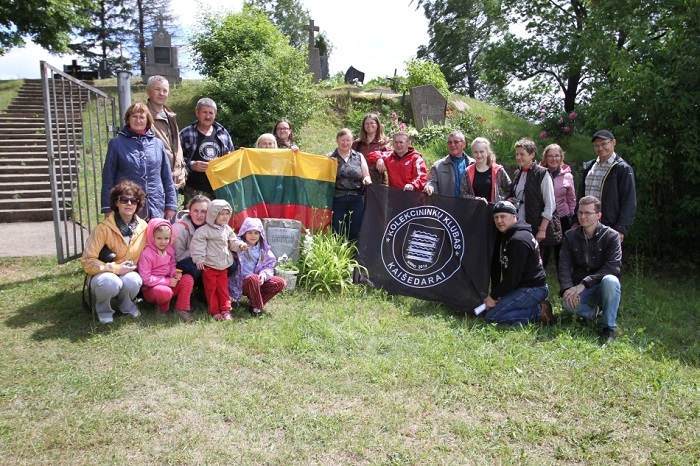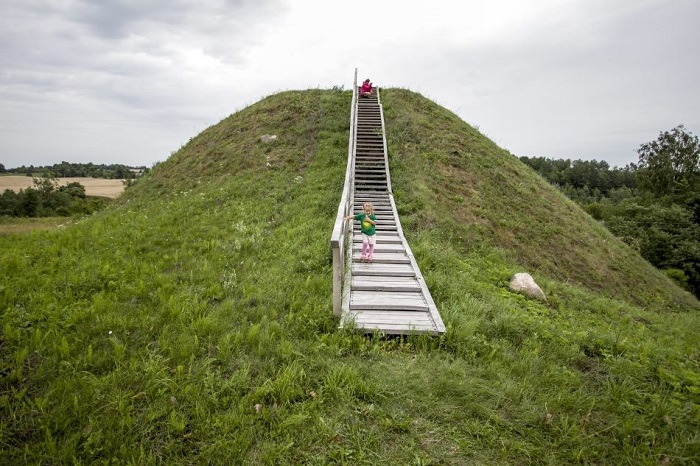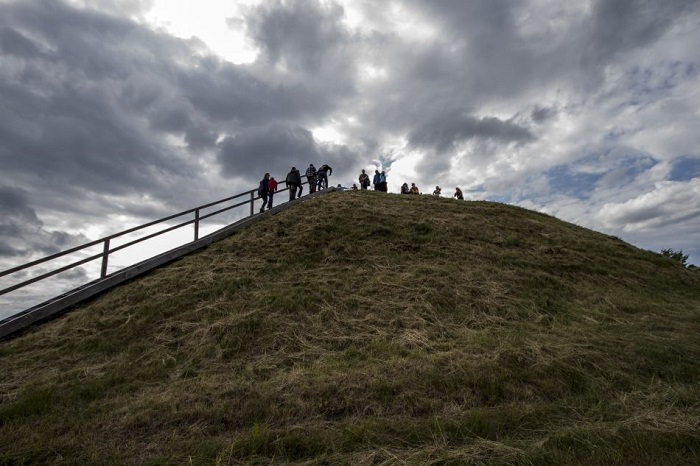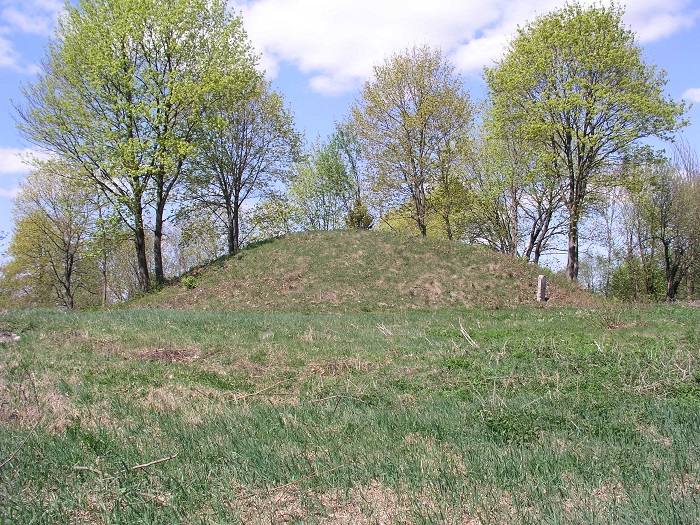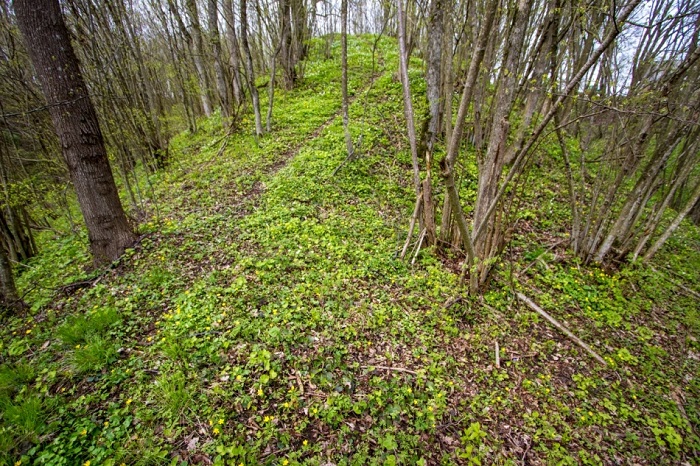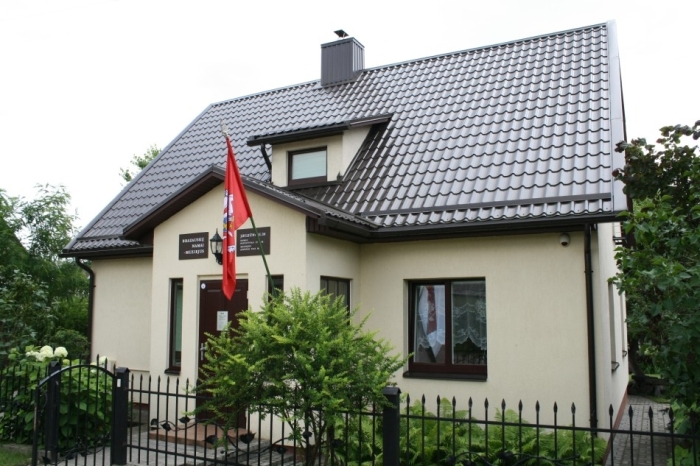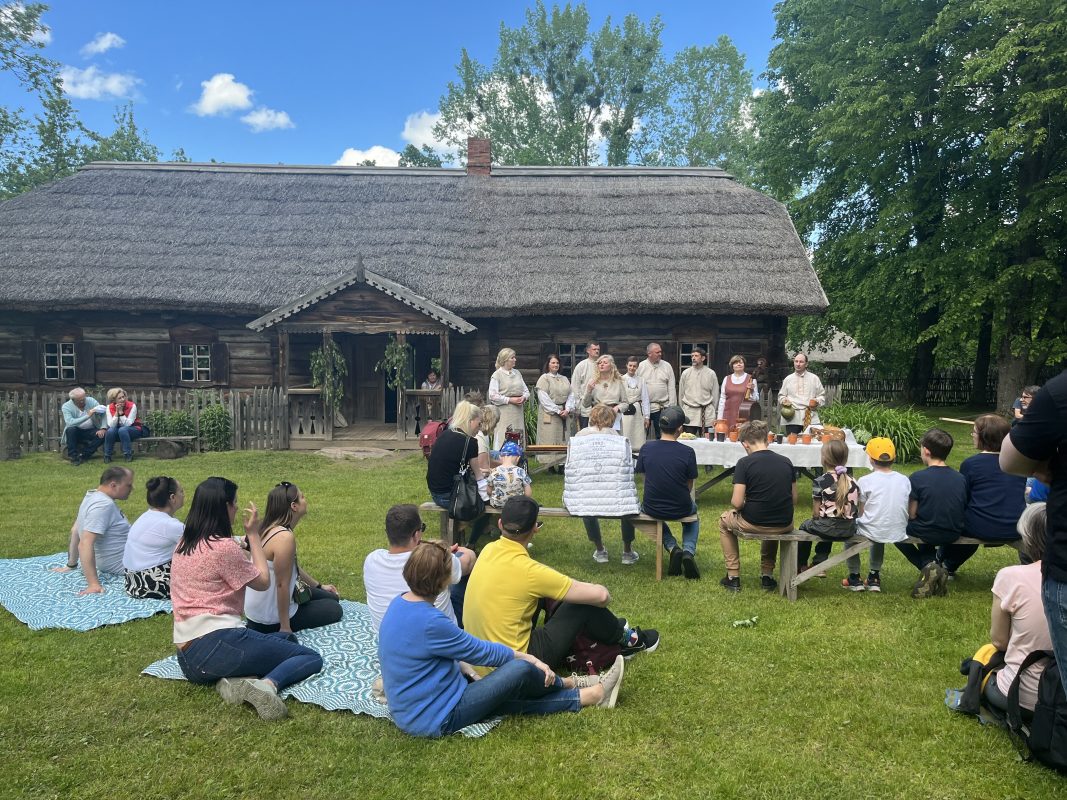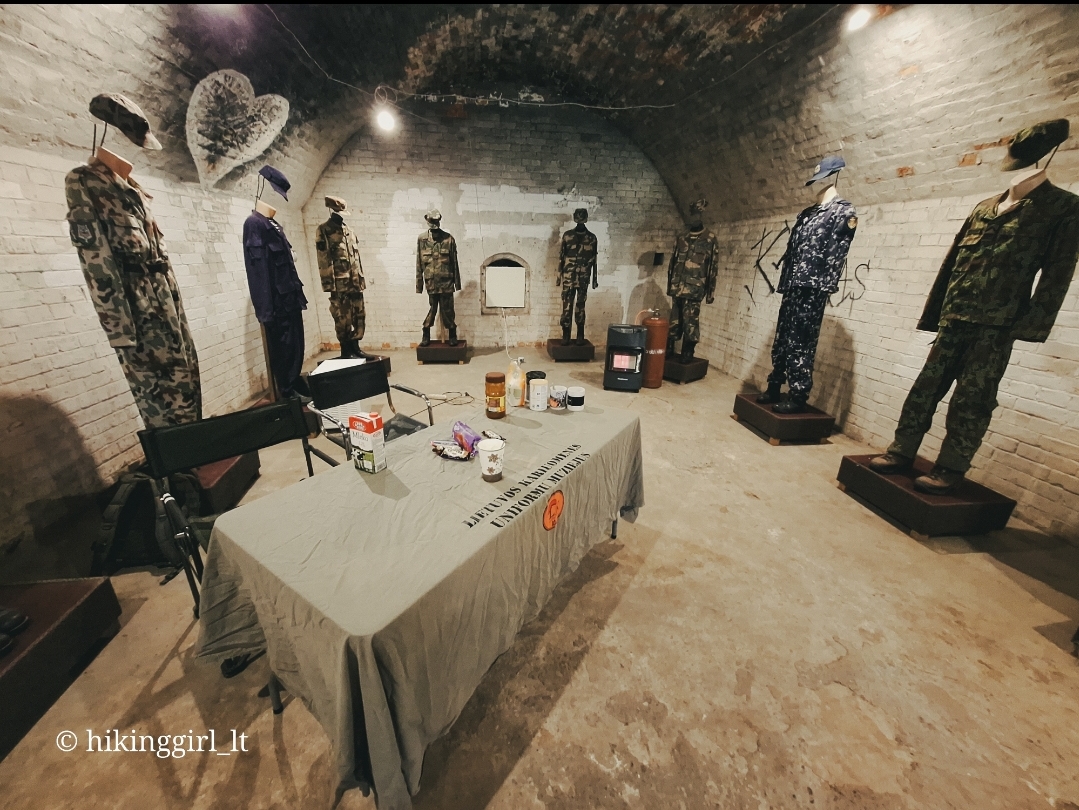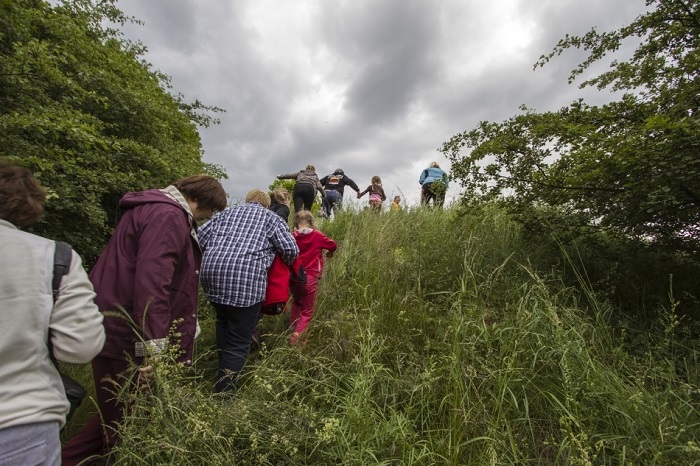Būtkiemis Hillfort

153

0

0
The hillfort is located on a separate hill on a highland promontory. The original platform was small, with a high, 17-meter-wide rampart built on the northern side, whose ends gradually surrounded the entire platform. Thus, the hillfort appeared to have a sunken top. In 1969, during the preparation of the platform for dances, the rampart made of gravel was leveled with a bulldozer, leaving the hillfort in the shape of a truncated cone with an oval platform of 16×18 meters and remains of a 0.5-meter-high rampart on the northern side. The slopes are steep, 8 meters high, with the northern slope being only 1.5 meters high as the rampart was leveled on this side.
Whats new?
Nearby attractions
Nearest museums

 Entertainment
Entertainment
 Sightseeing
Sightseeing
 Food establishments
Food establishments





























 54.733667, 24.282389
54.733667, 24.282389
 Get directions
Get directions








